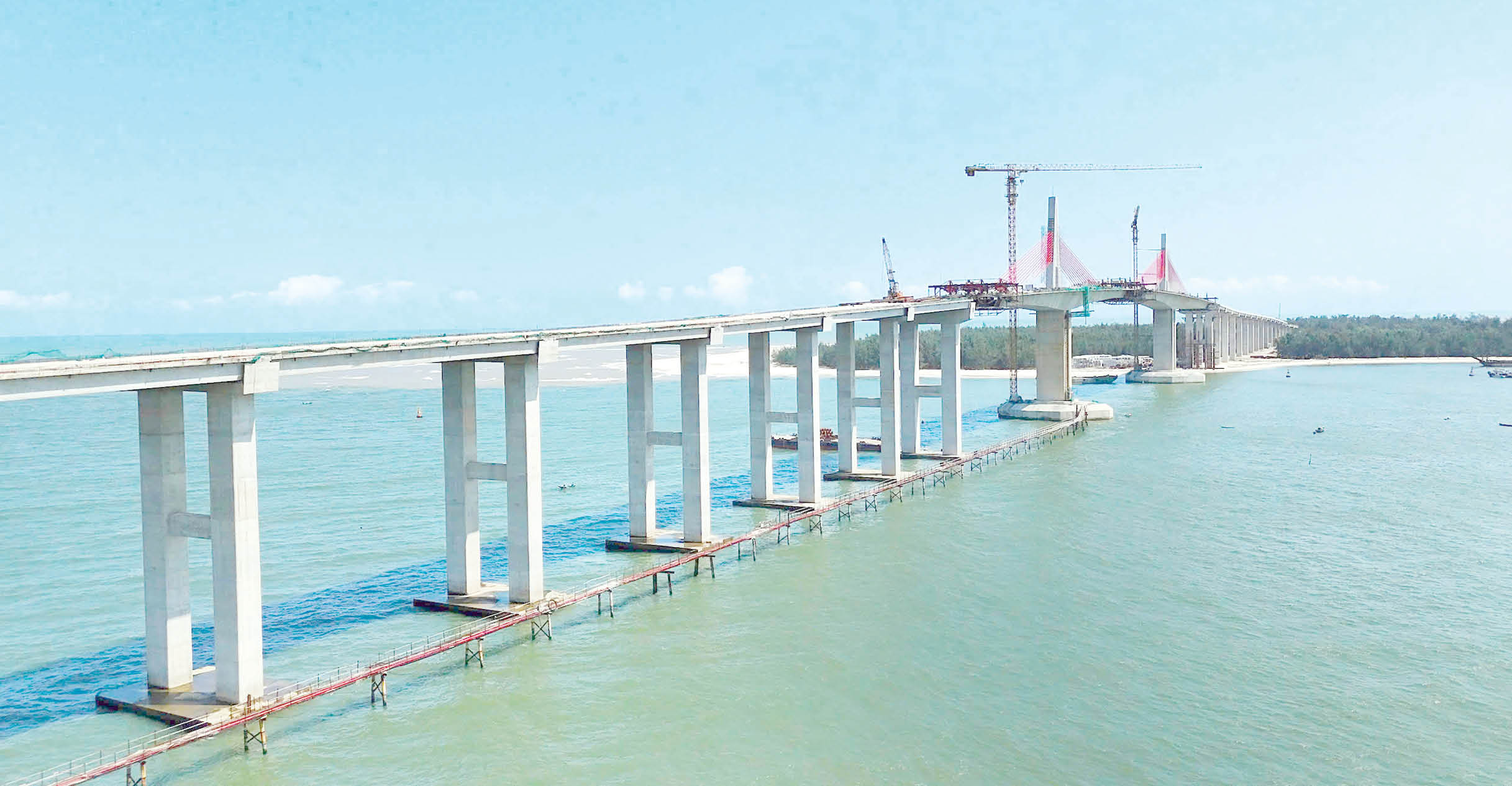 |
| Thuan An seaport overpass expected to open to traffic by the end of 2025 |
The hardships have been
35 years ago, when the province was re-established (1989), Thua Thien Hue (now Hue City) faced many economic difficulties, industry was almost deserted, infrastructure was in disrepair, and budget revenue was only enough to cover daily expenses. People living on the banks of Tam Giang Lagoon, on the slopes of the Truong Son mountain range, or right in the heart of Hue City all shared the same difficult situation. Storms, floods, natural disasters, especially the historic flood of 1999, erased many achievements that Hue had built...
In the first 20 years of the 21st century, Hue has gradually emerged with a new face. Straight roads connect the city with communes and wards; a series of bridges cross Tam Giang lagoon, Hai Van tunnel opens the way to the Central region. People are happy when Phu Bai airport becomes more and more bustling, when Hue Festival becomes an international cultural brand, when tourists from all over come to the ancient capital.
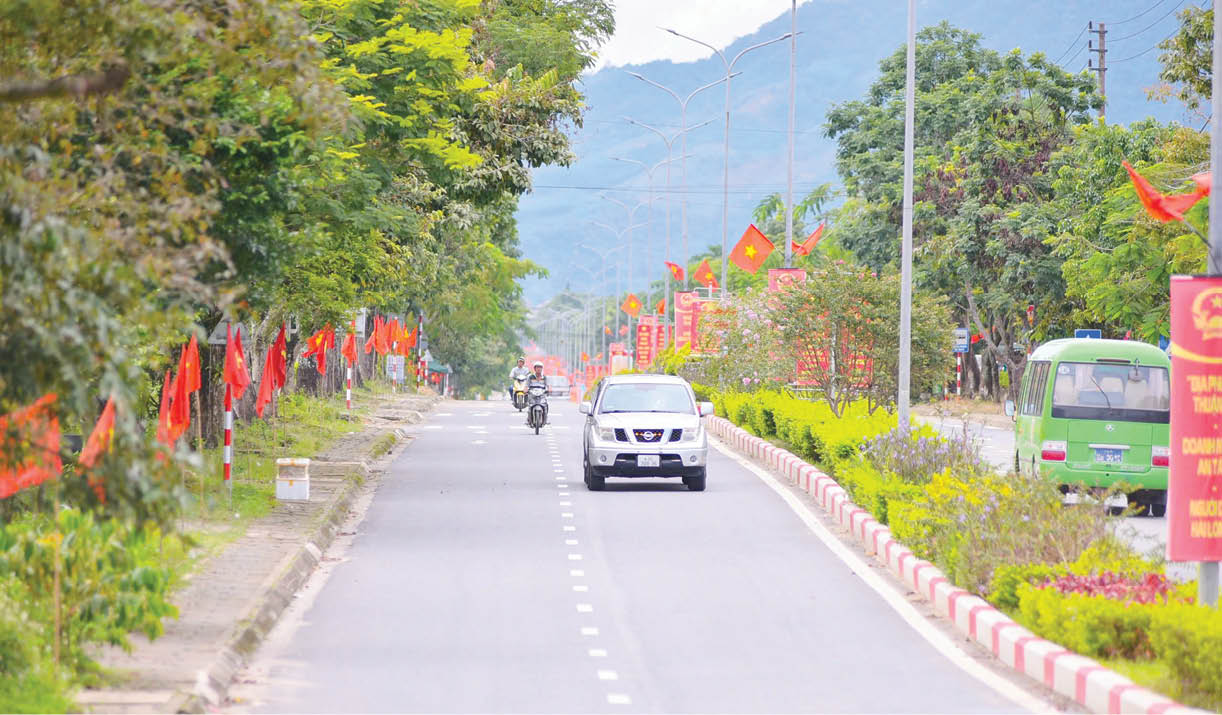 |
| Infrastructure in mountainous communes is connected |
Mr. Nguyen Trung Chinh, former Standing Deputy Secretary of the Thua Thien Hue Provincial Party Committee (now Hue City Party Committee) recalled that after the province was divided, there were not many businesses in the area, the service industry was not yet developed, the economy depended on agriculture . The provincial budget (now the city) at that time was only 19 billion VND. When compared with the city's budget collected at the end of 2024, reaching 12,880 billion VND, we can see how great Hue's development speed is.
In the Tam Giang lagoon, people’s lives change every day. In the past, thatched roofs easily collapsed during storms; fish and shrimp were barely enough to eat. Now, shrimp ponds and fish cages stretch across the water. Many families have solid houses and their children are well educated.
Mr. Phan Van Thanh (Phong Quang ward) shared: “In the past, my family only depended on a few fish and shrimp in the lagoon. Now, applying many techniques to shrimp farming, we invest on a larger scale, traders come to buy directly, life is completely different, and all the children are able to study properly.”
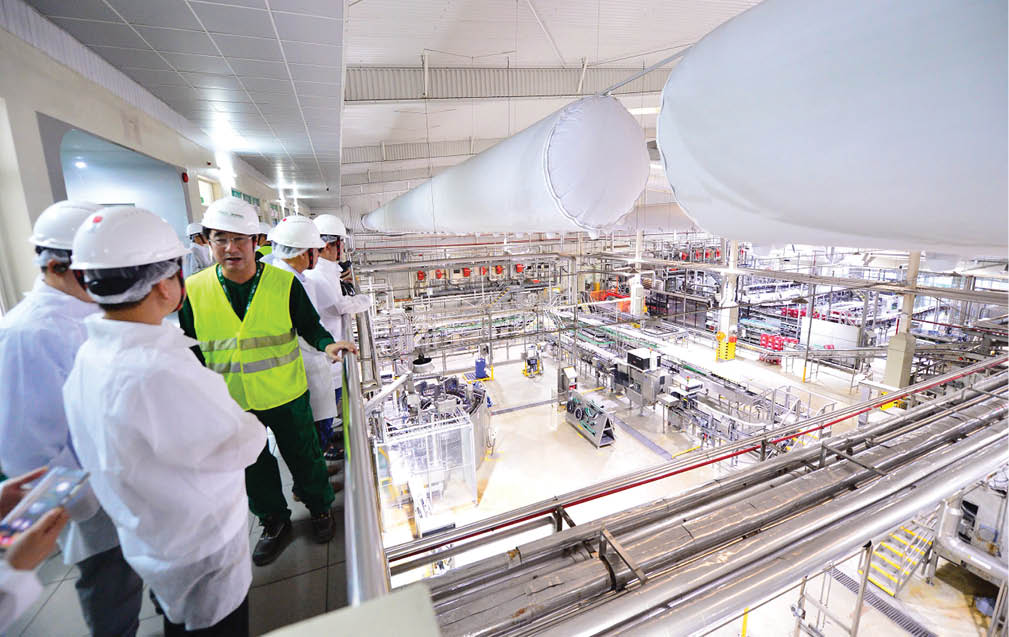 |
| Industry in Hue is growing more and more (Visiting the production line of Phu Bai Beer Factory) |
In the city center, the Huong So planning area (Huong An ward) is a living proof of change. After implementing the relocation and resettlement project in area I of Hue Citadel, hundreds of households have new, spacious houses, clean streets, schools, and synchronous medical stations. Mrs. Tran Thi Hoa, 67 years old, emotionally said: "In my whole life, I dare to believe that one day my family will live in a solid, bright house like this."
Aspiration to reach new heights
Over the past 35 years, the city's socio-economic situation has achieved many important and outstanding achievements, developing towards green and sustainable growth. The economic scale has increased 8.5 times compared to 1989 (according to 2010 comparative prices). In the period of 1989 - 2025, the average GRDP growth rate reached 6.1%/year; budget revenue increased by an average of 22.6%/year; total investment capital implemented in the area in 2025 reached 42,500 billion VND; average income per capita in 2025 reached 70 million VND, an increase of 55 times.
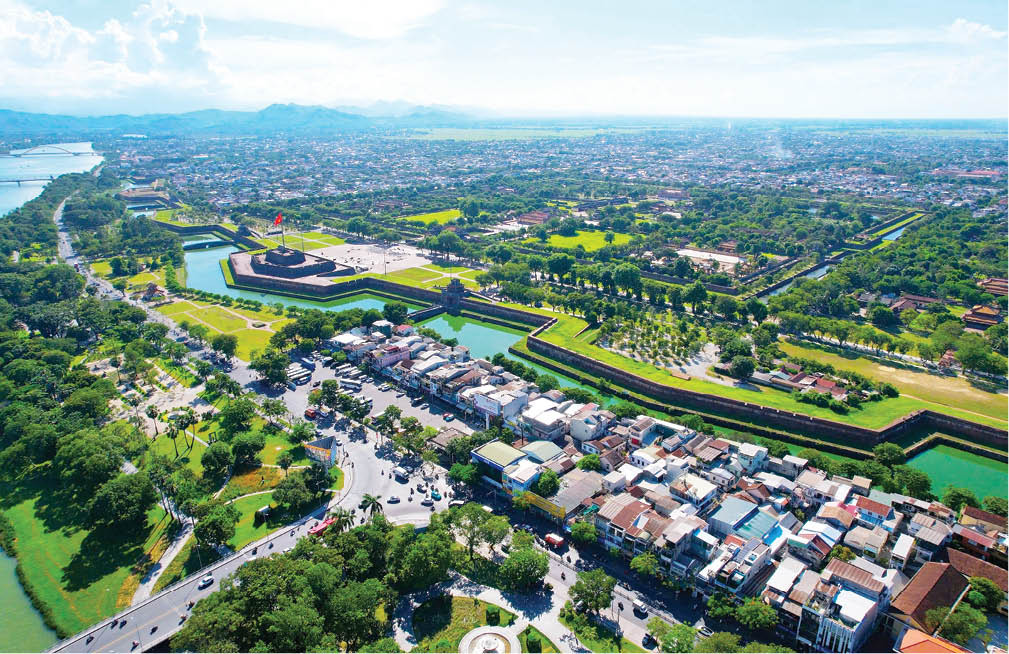 |
| Hue preserves traditional cultural values in development (North bank of Perfume River seen from above) |
Mr. Nguyen Trung Chinh confided: "In difficult times, without the solidarity and steadfastness of the Party, Hue certainly could not have what it has today." Those words are simple but reflect the reality: the Party is the guiding nucleus, the light that guides Hue through the storm.
Affirming that, Party Central Committee member, City Party Committee Secretary, People's Council Chairman, Head of the National Assembly Delegation of Hue City Le Truong Luu emphasized: "After 35 years, the core factor that has helped Hue to overcome is the correct and decisive leadership of the Party Committee. Putting Party building first, the apparatus has been gradually streamlined, the staff has matured, is close to the people, and listens to the people. The work of preventing and combating corruption, administrative reform, and digital transformation have all been implemented synchronously, creating solid trust in society."
At the end of 2024, when the National Assembly passed the Resolution to make Hue a city directly under the Central Government, the whole city was moved. This was not just an administrative decision, but a recognition for many generations of dedication and sacrifice, a reward for a long journey of perseverance.
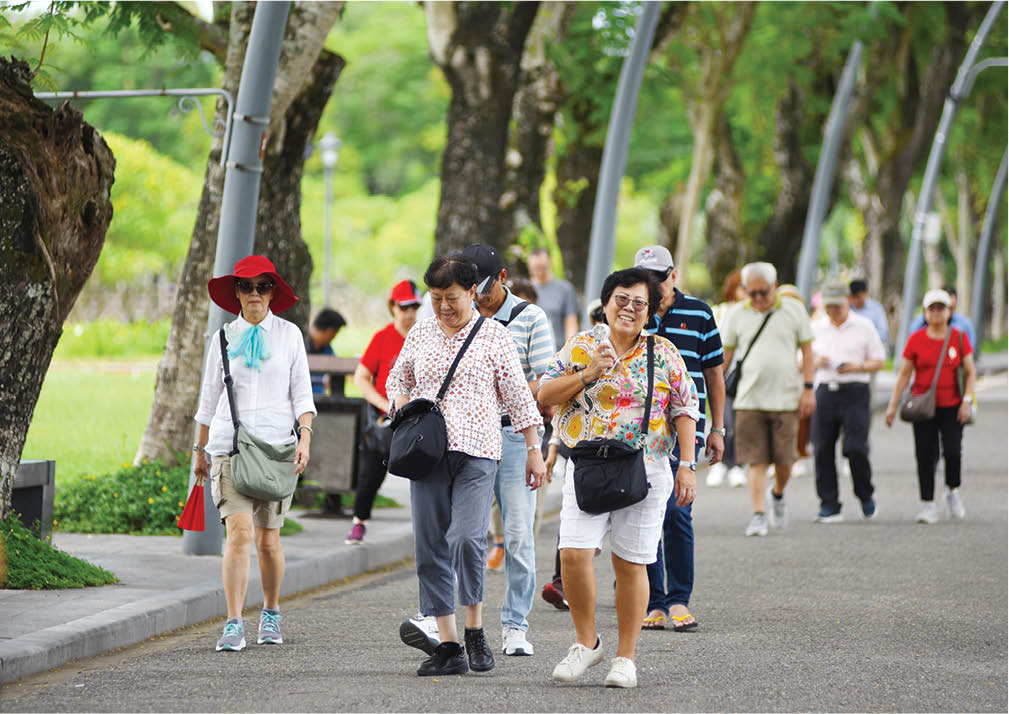 |
| The number of tourists visiting Hue is increasing. |
Hue is now not only remembered for its royal tiled roofs and the folk songs on the Perfume River, but is also known as the leading medical center in the Central region, with Hue Central Hospital and Hue University of Medicine and Pharmacy. Hue University is growing stronger and stronger, moving towards the model of a National University. In particular, Hue has 8 heritages recognized by UNESCO, such as "Festival City", "Green City", "ASEAN Environmentally Sustainable City".
Politburo member and National Assembly Chairman Tran Thanh Man, during a working session with city leaders when handing over the decision to recognize Hue as a centrally-run city, emphasized: "Hue becoming a centrally-run city is a worthy achievement, meeting the expectations of the whole country for a land rich in culture, heritage, and identity."
Rising from hardship, Hue proves that with the wise leadership of the Party, the belief and consensus of the people, no difficulty is insurmountable. And from that belief, Hue is aiming to become a unique cultural, tourism, medical, educational, scientific and technological center of the country and the region.
Source: https://huengaynay.vn/chinh-tri-xa-hoi/tu-kho-khan-sau-tai-lap-tinh-den-thanh-pho-truc-thuoc-trung-uong-158409.html






![[Photo] Binh Trieu 1 Bridge has been completed, raised by 1.1m, and will open to traffic at the end of November.](https://vphoto.vietnam.vn/thumb/1200x675/vietnam/resource/IMAGE/2025/10/2/a6549e2a3b5848a1ba76a1ded6141fae)

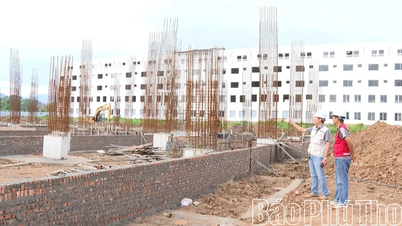



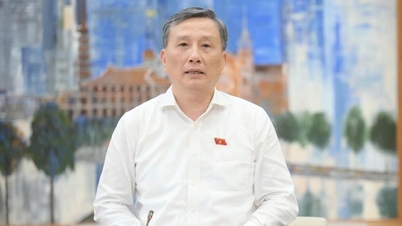


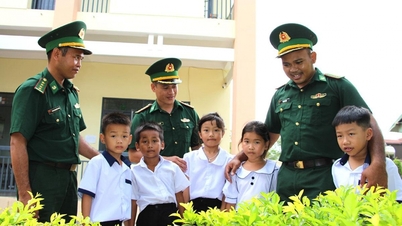

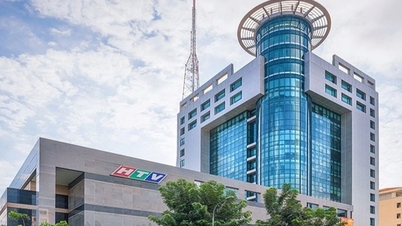
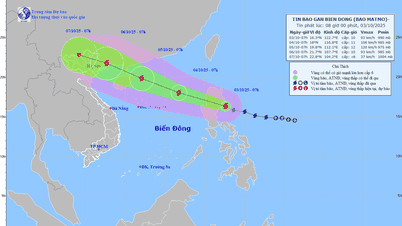

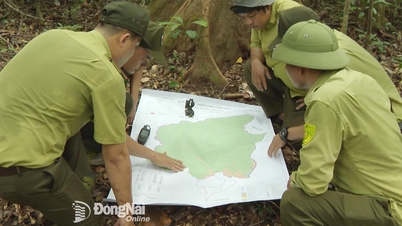

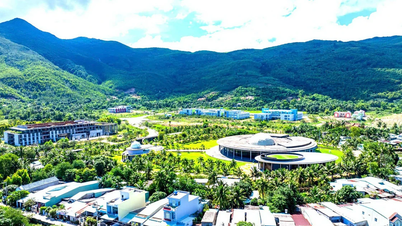

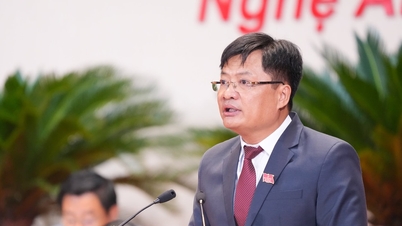

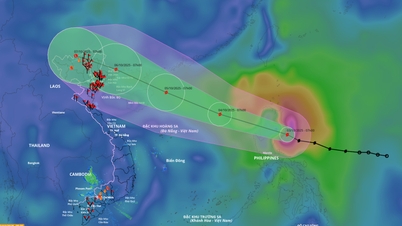






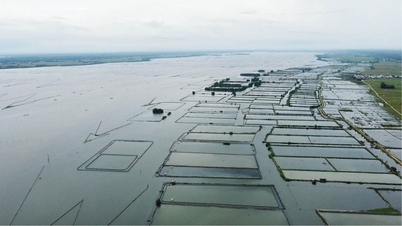
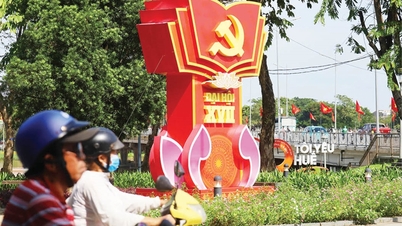

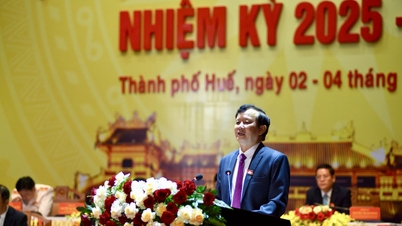

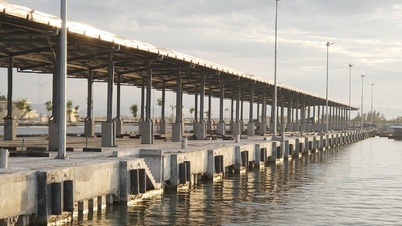





























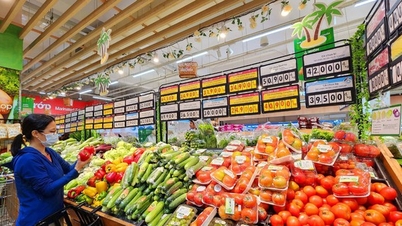



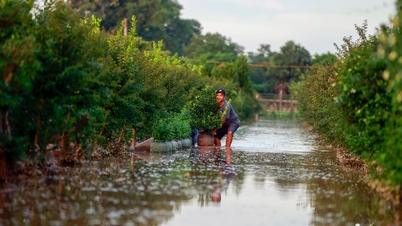
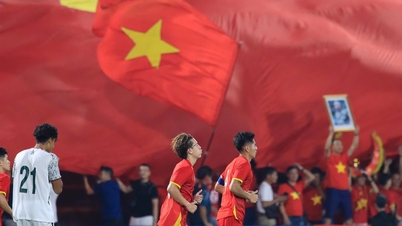



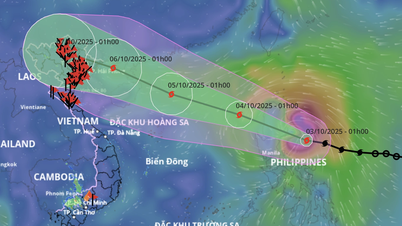

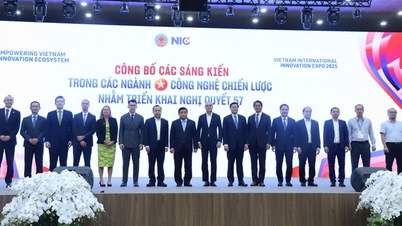

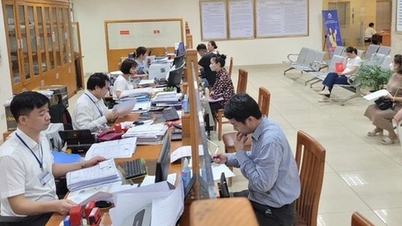
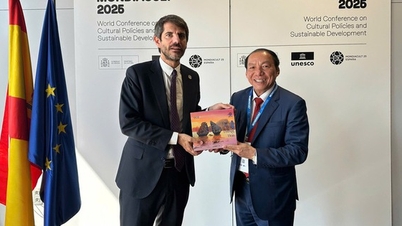
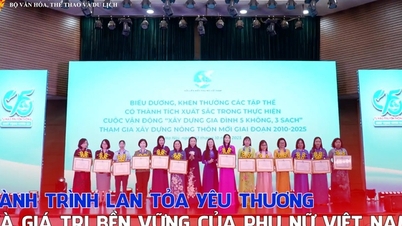

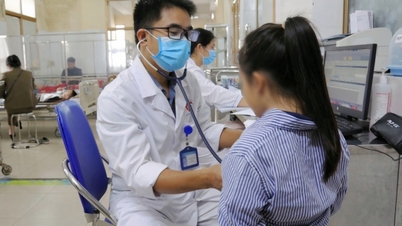

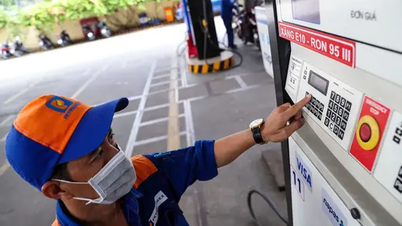

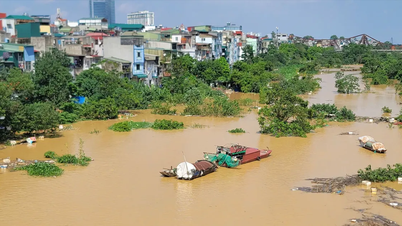
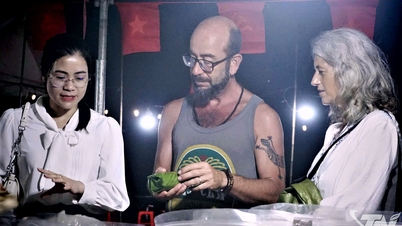














Comment (0)